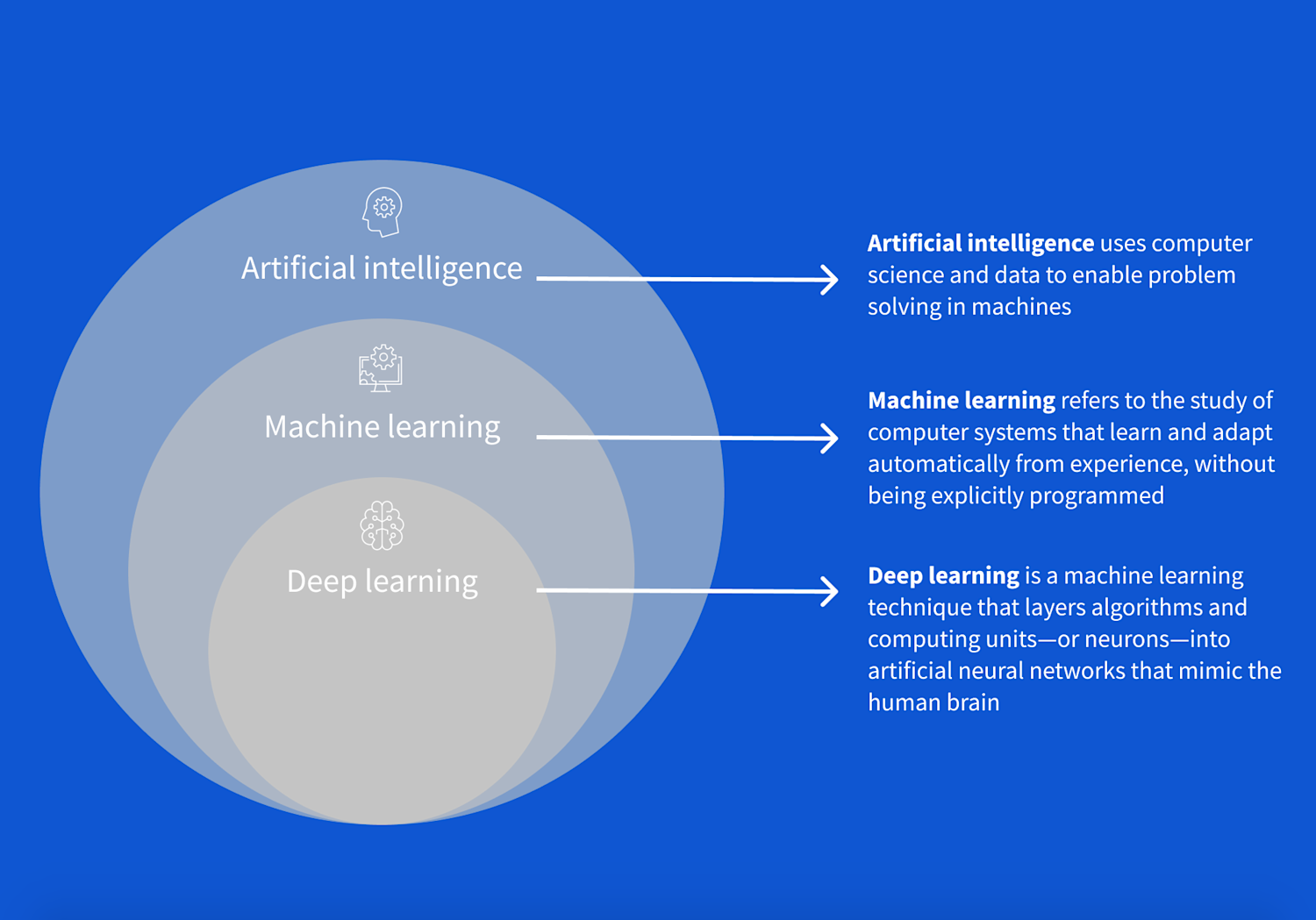
The Role of Servers in AI and Machine Learning Workloads
Artificial Intelligence (AI) and Machine Learning (ML) are transforming industries worldwide—from healthcare to finance to retail. However, what often goes unnoticed is that these systems are only as good as the infrastructure powering them. Behind every intelligent algorithm lies a server working tirelessly to process data, train models, and deliver results in real time.
Why Servers Matter in AI and ML
AI workloads are far more demanding than traditional IT tasks. Unlike running a website or a business application, AI requires:
-
High-Performance Processing: Training models involves analyzing billions of data points, which demands servers equipped with GPUs (Graphics Processing Units) or TPUs (Tensor Processing Units).
-
Large-Scale Storage: Machine learning requires massive datasets for training, meaning storage must be scalable and fast.
-
Real-Time Response: Many AI applications—like fraud detection or predictive analytics—need instant processing with minimal delays.
Without the right server infrastructure, AI workloads become inefficient, slow, or even fail to function.
Examples of AI Server Use Cases
-
Training AI Models
-
Companies like OpenAI, Google, and Microsoft use specialized servers with GPU clusters to train models that require enormous computing power.
-
Training large models can take days or even weeks, depending on the server setup.
-
-
Business Applications
-
Finance: A bank may use high-performance servers to detect fraudulent transactions in real time, scanning thousands of operations per second.
-
Healthcare: Hospitals can use AI-powered servers to analyze medical imaging for early disease detection.
-
Retail: E-commerce platforms leverage AI servers for personalized product recommendations, improving customer experience and boosting sales.
-
Preparing Businesses in Kenya for the AI-Driven Future
As AI adoption grows in Kenya, businesses must think strategically about their infrastructure. Options include:
-
Cloud-Based AI Servers: Affordable and scalable for startups experimenting with AI.
-
On-Premises High-Performance Servers: Suitable for enterprises dealing with sensitive data (e.g., banks, government agencies).
-
Hybrid Approaches: Combining cloud flexibility with local computing power for balance in cost and performance.
Final Thoughts
AI and ML are only as powerful as the servers that support them. Choosing the right infrastructure—whether cloud, dedicated, or hybrid—is essential for businesses to stay competitive in this AI-driven era. Organizations that invest in robust AI-ready servers today will be the ones leading innovation tomorrow.